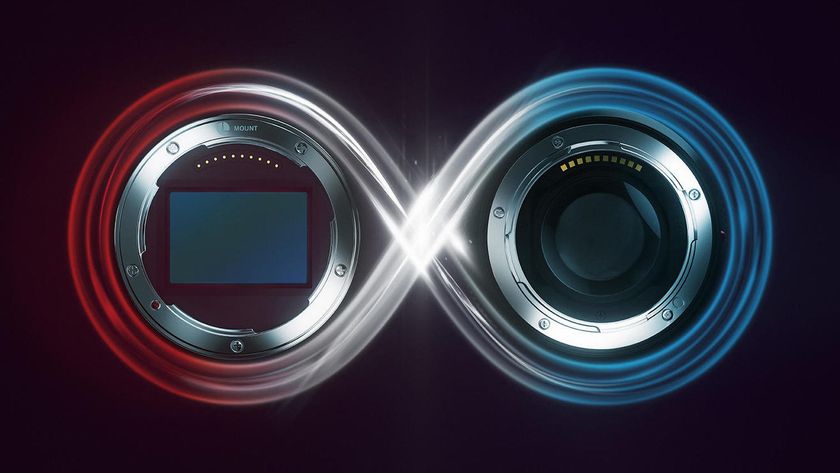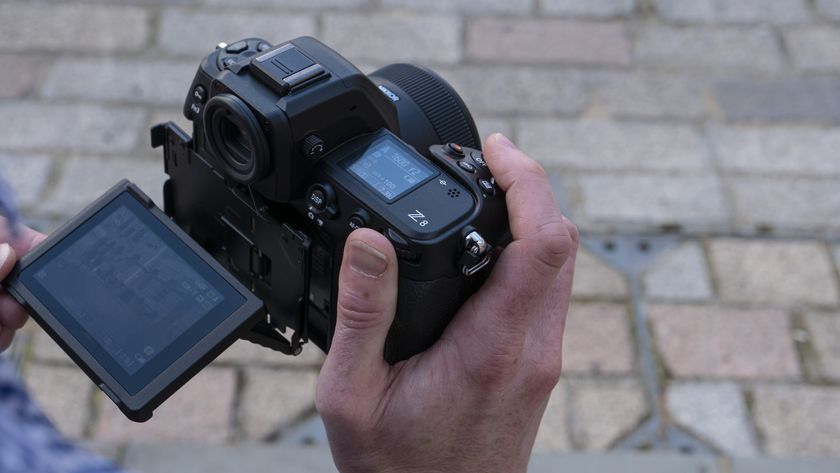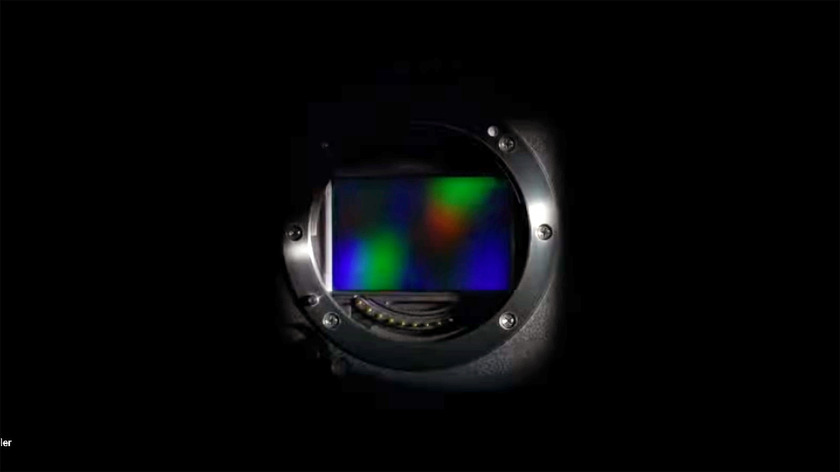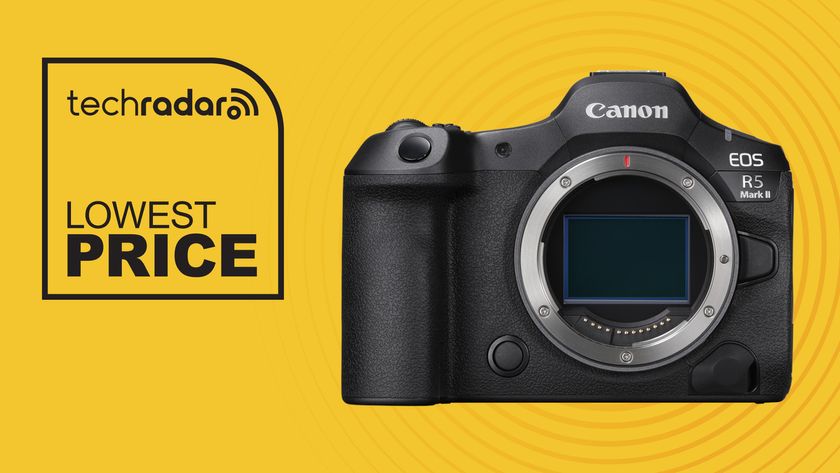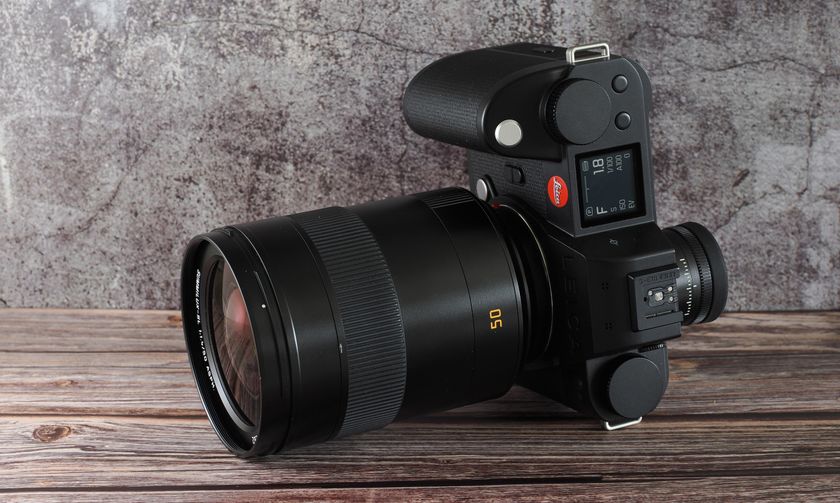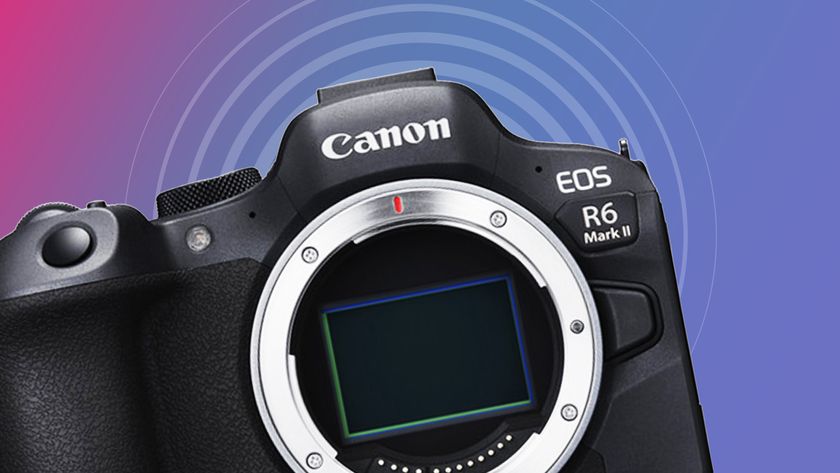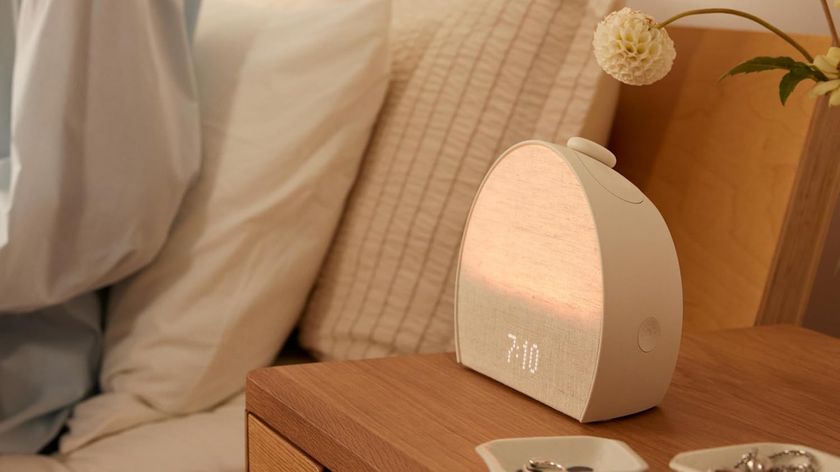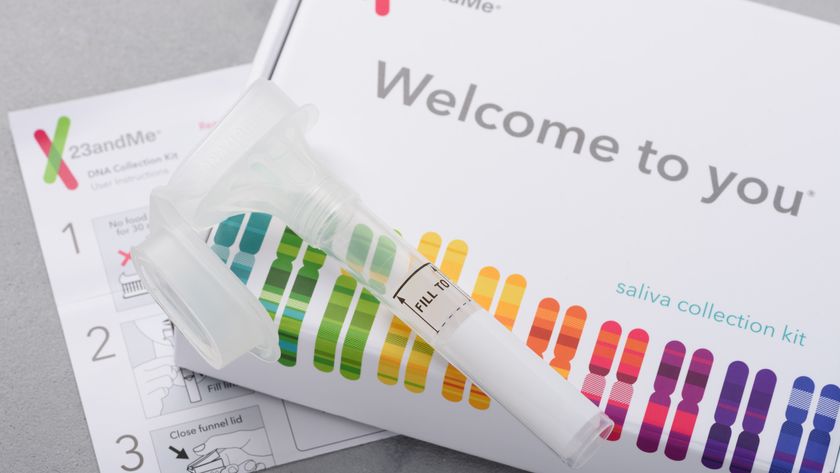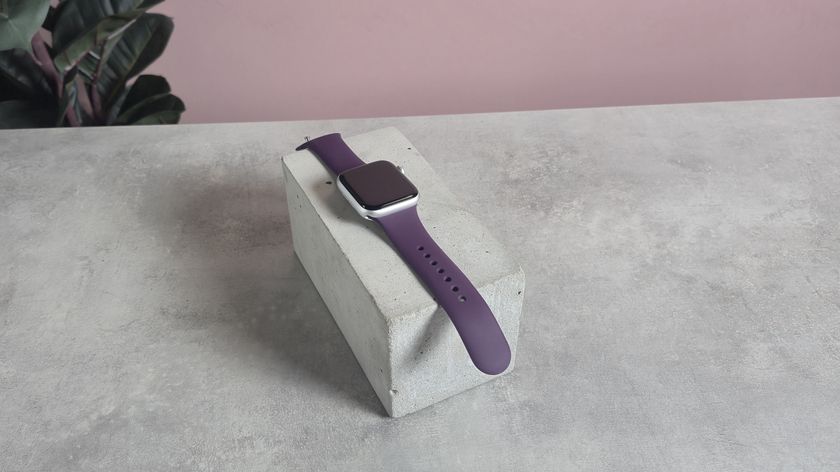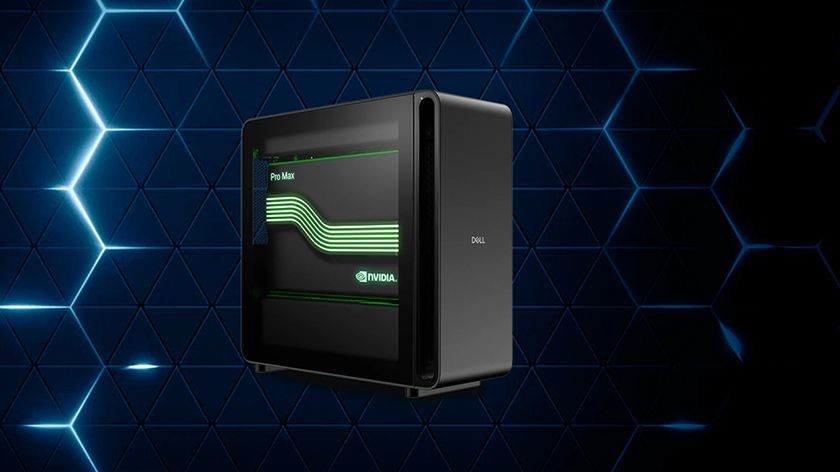Fujifilm X-T4 arrives with features that could make it the best mirrorless all-rounder
With IBIS on board, the X-T4 is now a real hybrid powerhouse
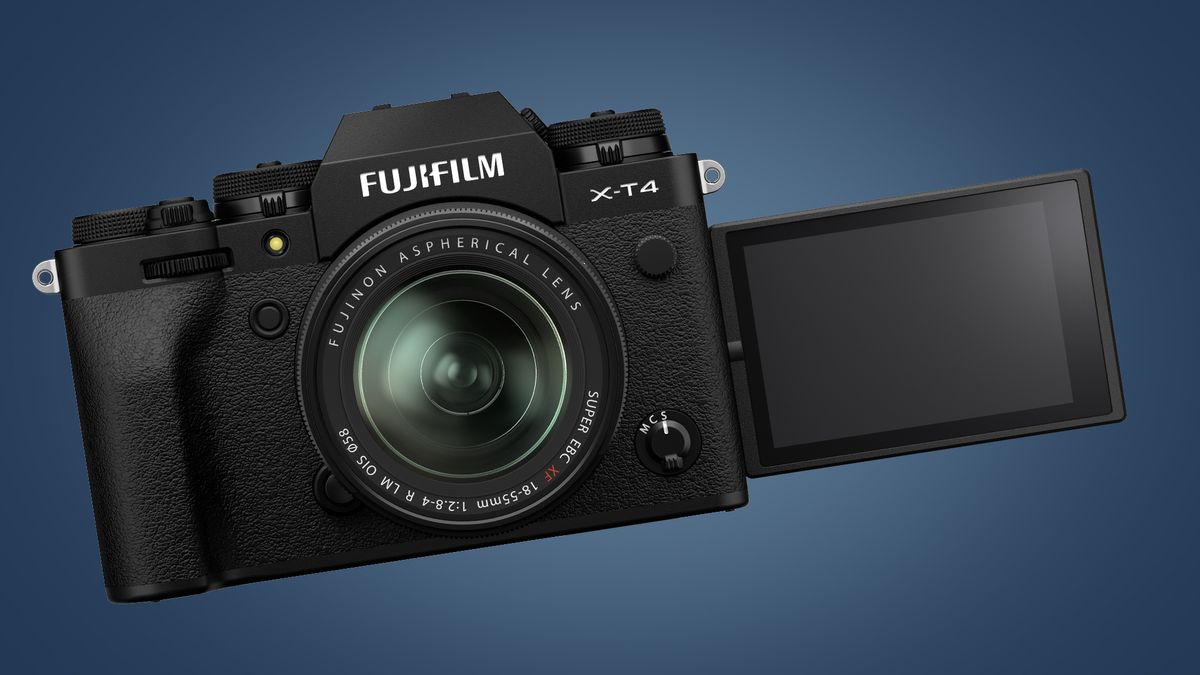
The Fujifilm X-T4 has finally arrived and confirmed the leaks that suggested it might just be the best mirrorless all-rounder you can buy. We've already spent some time with the X-T3 successor and you can read our initial thoughts in our hands-on Fujifilm X-T4 review. Just after a quick tour of its new features and pricing? Read on.
The main reason the X-T4 is shaping up to be a challenger to the Sony A6600 and Panasonic GH5 is because it brings two major upgrades in the form of in-body image stabilization (IBIS) and a fully articulating touchscreen.
Together, these significantly boost its appeal, particularly for video shooters. That five-axis IBIS mechanism can apparently provide 6.5 stops of stabilization when you use it with 18 out of Fujifilm's total collection of 29 XF / XC lenses.
In the real world, that means the ability to shoot run-and-gun videos without necessarily needing a gimbal, and also the freedom to take handheld stills with long shutter speeds. The cherry on the X-T4's video cake is that it can also shoot Full HD video at 240fps for a super slow-mo effect.
If you mainly shoot stills, though, then some equally interesting news is that the X-T4 won't be replacing its predecessor, the Fujifilm X-T3. That camera will remain on sale as a more affordable alternative to its new sibling, so look out for further price drops on that model. But back to the X-T4...
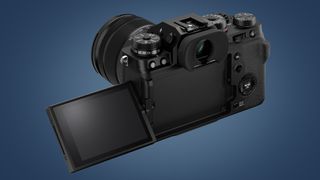
Beyond those additions, the X-T4 brings two other big physical improvements over the X-T3. Its new NP-W235 battery will last for 500 shots per charge (or 600 shots in 'Economy mode'), which is a significant boost over its predecessor's 390-shot rating. The only downside is that anyone with existing NP-W126S batteries won't be able to use them in the X-T4.
The other big design improvement is a new shutter mechanism. This brings a couple of benefits: one is that, like the Fujifilm X-H1, the X-T4's shutter is much quieter (around 30% less audible than the X-T3), which is a bonus for street or wedding photographers, but perhaps more significant is that it allows the X-T4 to shoot at an impressive 15fps in continuous mode when using its mechanical shutter – that's seriously fast, and could put it right up there with the best mirrorless cameras for shooting sports and action, assuming its autofocus can keep up.
Get daily insight, inspiration and deals in your inbox
Sign up for breaking news, reviews, opinion, top tech deals, and more.
Talking of which, Fujifilm says a new phase detection AF algorithm will indeed boost the X-T4's autofocus speed, along with its tracking performance and Face / Eye AF. We'll have to wait until our full review to see if that bears out.
- Discover the best mirrorless cameras you can buy
- Or read about the best vlogging cameras for your YouTube channel
- CES 2020: why the DSLR made a comeback at a show about future tech
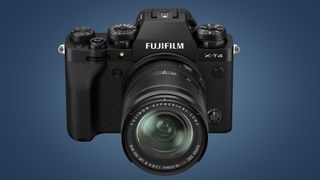
Get a grip
So are there any downsides to the X-T4? It's a slight shame that it uses the same 26.1MP X-Trans CMOS 4 sensor and X-Processor 4 combination as its predecessor, although that is a tried-and-tested combination that produces great results.
The viewfinder also has the same 3.69-million dot resolution as before and the X-T4's body has also had to grow a little to accommodate that IBIS system and new screen. It's 5mm deeper, 2mm wider and 68g heavier than its predecessor. On the plus side, this creates room for a slightly larger built-in grip.
Naturally, the X-T4's body becomes even bigger when you attach its optional VG-XT4 battery grip (below). This houses two extra batteries, which means you can get around 1,450 shots from a charge, with the batteries automatically switching when one runs out.
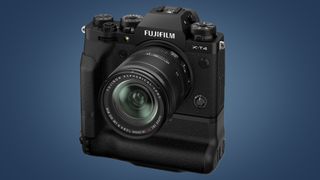
With or without this grip, the X-T4 certainly brings a generous helping of new features, but a final factor that might sway you is price. It'll be available body-only, in black or silver, for $1,699 / £1,549 / AU$2,999 from April.
There will also be a couple of lens bundles available. Buying an X-T4 with the excellent XF18-55mm f/2.8-4 R LM OIS will set you back $2,099 / £1,899 (around AU$3,750), or if you'd prefer to get the camera with the new XF16-80mm f/4 R OIS WR Lens that will cost $2,199 / £1,949 (around AU$3,850). Australian pricing for both kits has yet unconfirmed but we'll update this story as soon as we know more.
Once you get to these kinds of prices many will start to consider whether it's worth going for a full-frame camera like the Nikon Z6 or Sony A7 III instead. This depends a little on which existing lenses you have (if any), and the kind of photography (or video) you like to shoot, but we'll be bringing you our thoughts on how the Fujifilm X-T4 compares to its closest rivals in our full review very soon.
In the meantime, check out our hands-on Fujifilm X-T4 review for our first impressions of this exciting new all-rounder.
- These are the best cameras in the world right now

Mark is TechRadar's Senior news editor. Having worked in tech journalism for a ludicrous 17 years, Mark is now attempting to break the world record for the number of camera bags hoarded by one person. He was previously Cameras Editor at both TechRadar and Trusted Reviews, Acting editor on Stuff.tv, as well as Features editor and Reviews editor on Stuff magazine. As a freelancer, he's contributed to titles including The Sunday Times, FourFourTwo and Arena. And in a former life, he also won The Daily Telegraph's Young Sportswriter of the Year. But that was before he discovered the strange joys of getting up at 4am for a photo shoot in London's Square Mile.
